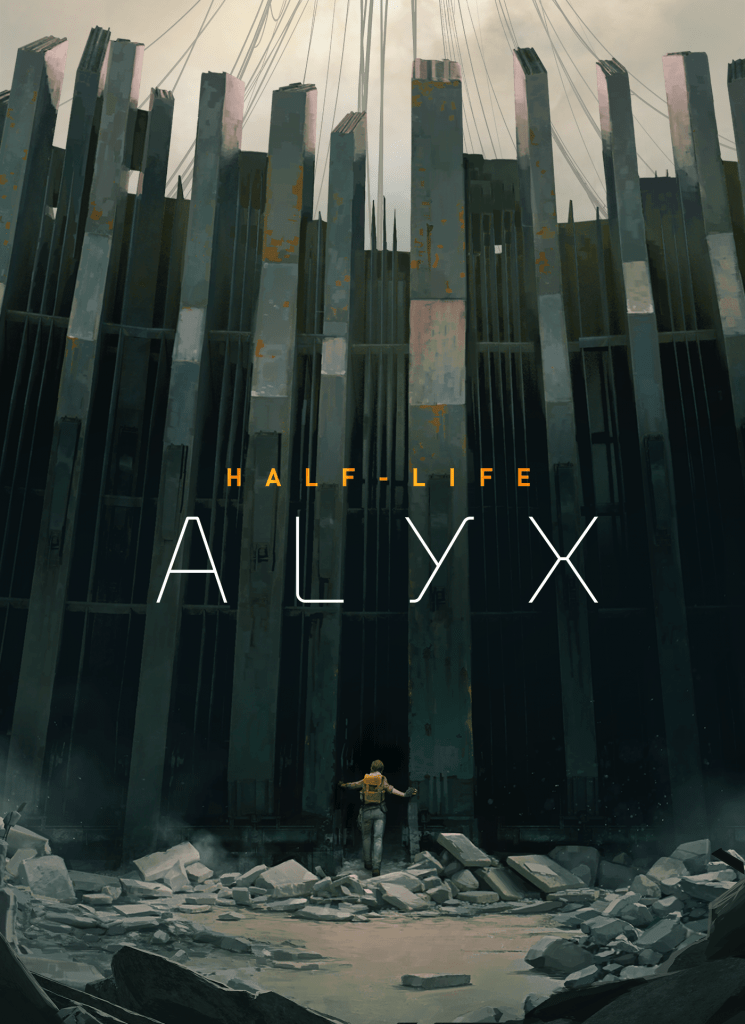
The year is 2020 and whilst we’ve been living in what feels like some future dystopian nightmare as a killer virus spread across the globe, ironically two of the biggest games of the year are Final Fantasy VII and Half-Life. We haven’t had a new entry in the Half-Life series since Valve announced an episodic trilogy in 2006, episode 2 of which launched a year later in 2007 and then… nothing… The wait for Half-Life 2 Episode 3, or Half-Life 3 or any new entry in the Half-Life franchise moved through the 5 stages of grief until all hope was lost and everyone moved on.
Now, 13 years later we’re able to play Half-Life: Alyx; a new entry in the Half-Life franchise exclusively for Virtual Reality. It won’t sate your need to find out what happened after the cliffhanger of Episode 2, but it does act as a prologue to Half-Life 2 in a way that gets you reinvigorated for the franchise again.
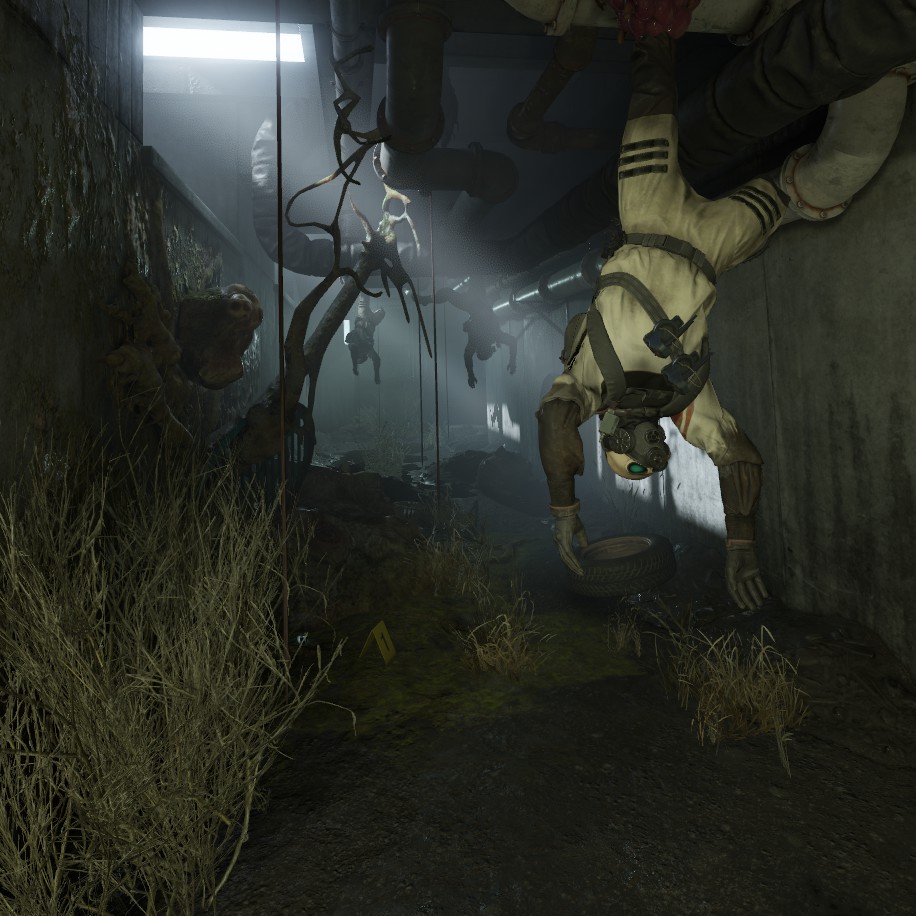
As mentioned above Half-Life: Alyx is a VR exclusive experience set between the events of Half-Life and Half-Life 2, giving some backstory to the characters introduced in Half-Life 2; most notably the titular Alyx and her father Eli Vance. It is one of the first VR game that actually feels like a fully-fledged gaming experience as opposed to a tech demo, “experience” or gimmick-based game. I don’t mean to say that all other VR games are not of high quality, but none of them has embraced a traditional story-driven game campaign like Half-Life: Alyx and as a result, I believe we have a game that will be synonymous with VR for quite some time.
Gameplay
The primary premise of any first-person VR game is that you have a pair of hands and you can move your head around; this is VR 101 for first-person games and Half-Life: Alyx is no different in that regard. Where Half-Life: Alyx stands out, however, is in how it uses what could be deemed a limitation and gives you an unbelievable level of freedom.
Each hand is equipped with a gravity glove, a clear precursor to the gravity gun made famous in Half-Life 2. pretty much everything that surrounds you in Half-Life: Alyx is something you can interact with and these gloves allow you to grab objects from around the environments and pull them towards you; making gathering up ammo and key items simple and smooth. Larger items or static items can also be manipulated, from cupboards and drawers that you can rummage around in for ammo or resin to large boxes or barrels that can be moved around and used as platforms to get to higher areas.

Whilst we’re on the subject of resin, these are basically your only collectable in Half-Life: Alyx and they act as a currency for weapon upgrades. At certain points, you will find Combine weapon upgrade stations and you can choose different upgrades for your guns and spend your resin accordingly. This means your starting pistol by the end of the game can have a laser sight, burst fire mode, reflex scope and ammo reserve whilst other guns can end up stacking clips for quick reloads or a grenade launcher to deal with larger groups. Not only are all upgrades visible on the weapon but then often change how you interact with the gun itself; this makes for some compelling interactions in the latter half of the game as you juggle the various settings of your toolkit.
The campaign in Half-Life: Alyx is splint into 11 chapters and each has it’s own personality whilst simultaneously not feeling disjointed from one another. A couple of stand out levels include a headcrab infested hotel that involves a remarkable amount of platforming and an entire section where you need to avoid making any sound whilst you traverse a vodka distillery to sneak by a character named Jeff. The game manages to spread some interesting mechanics throughout, whilst never giving you too much to play with at any given moment – it’s a fine line between balancing gameplay and not leaving you frustrated with a lack of options and it really pays off. The final chapter, for example, manages to feel completely different to the rest of the game, yet fits so well and doesn’t force you to learn a slew of new mechanics.
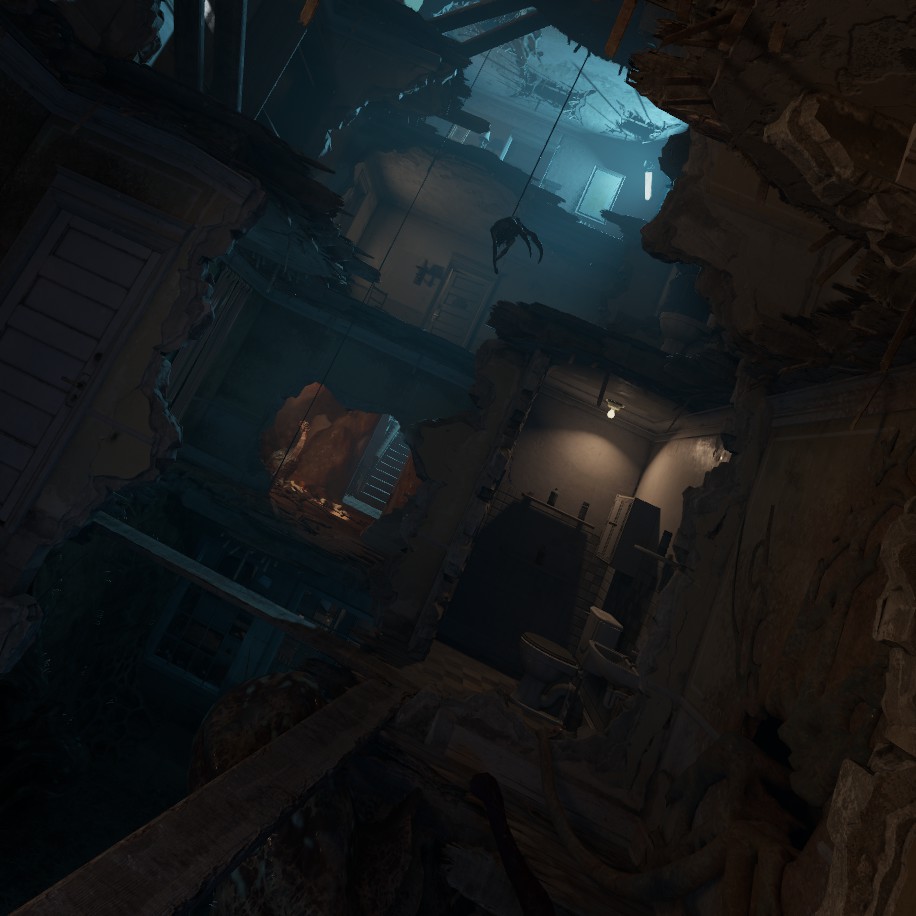
One of the key gameplay hooks is of course shooting. There isn’t a huge array of weapons that we have seen in previous instalments of the franchise, however, there is certainly enough to keep you entertained with the combat. Surprisingly though there are only 3 guns and 2 grenade options in Half-Life: Alyx but thanks to some great level design and variety of enemies the encounters were all quite memorable if not very safe. That’s actually one of the biggest letdowns of the game – it’s a very safe entry into the franchise; the enemies, weapons and scenery are all exactly what you’d expect to see from a follow up to Half-Life 2 and that is a bit of a disappointment after the first 2 games stand out as such visually unique titles for their time that introduced as to revolutions in the industry. At this point in the franchise, we know the Combine, we know creatures of Xen, we know what a pistol or shotgun looks and feels like so to play it so safe with these elements is contrary to what the previous games stood for.
Beyond shooting one of the other key mechanics is your smart tool, aptly dubbed The Alyx. This tool is your key to various areas throughout the story, from storage lockers to actual critical path progression. Using the smart tool you’ll be presented with various hologram puzzles; none of which are particularly challenging but have a nice satisfying hook each time and are quite frankly nice to look at in VR. They remind me of the types of locking picking or hacking puzzles you’d see in other games, but very much steered towards the way you can move and interact with 3D space in virtual reality.

Graphics
I have been playing Half-Life: Alyx using the Oculus Rift, despite the game running perfectly smooth with no performance issues the main menu did warn me of my GPU having limited memory – it’s likely I wasn’t able to push the graphics to the limits however the game still looked great. As with any Virtual Reality game you are simply not going to get graphics on par with Gears 5 or The Last Of Us Part II, but what it does achieve is excellent and incredibly immersive. One particular area the game excels at is that every object you see is interactive, from the sloshing around of liquids in a bottle to smashing crates in order to find hidden ammo. Another particular excellent point is the excellent lighting and effects that come from that; early on you find a torch that you equip to your off-hand which automatically lights up and allows you to point into darkened corridors to assess things, I don’t think I’ve ever seen a torch in a game that feels so accurate, almost frustratingly so as I frantically flail in a panic when I hear every slight noise.
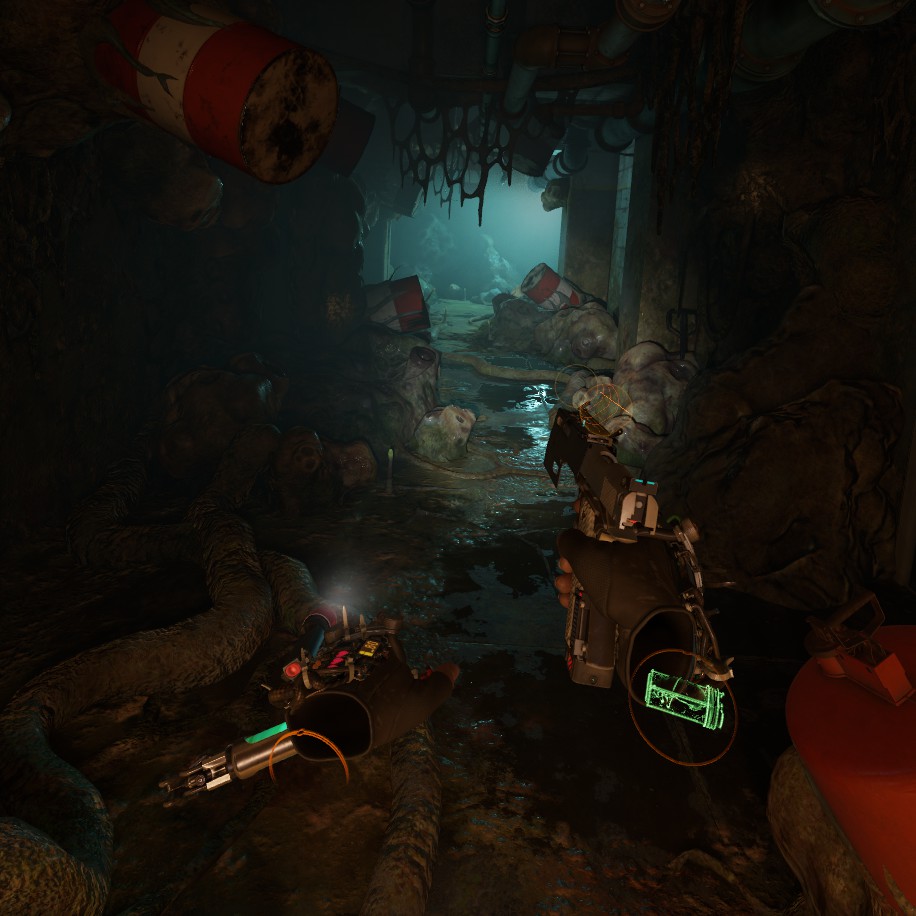
On top of that, there are some brilliant set pieces and level design that compliment the graphics, early on you’ll realise that everything you can see in your vicinity will be accessible – if you’re looking down into a well-detailed courtyard from atop a building or seeing some interesting structures behind a fence it’s likely you will at some stage get there as you progress through the level. These touches help the world feel immersive; no invisible walls, no weird dead ends that seem out of place – everything feels well planned out and just right, even to the extent that your cover whilst shooting seems natural as you duck and dive behind ruined cars or lean around walls.
I didn’t notice any performance issues despite the warning I received, but like I say I wasn’t necessarily running the game to its full potential either – I imagine this game will push your PC’s VR capabilities to the limit unlike smaller titles or the more gimmick-based experiences.
Audio
The soundtrack in Half-Life: Alyx knows exactly when to ramp up at the right time, it doesn’t do anything particularly outstanding in this regard – you have the higher paced combat music, the eerie mysterious music as you explore dark tunnels, and so on and so forth. I must admit I ended up reducing the combat volume specifically as that was a bit loud in terms of the balance compared to the rest of the game; the fact you can individually change specific track volumes makes the game incredibly accessible in that respect.
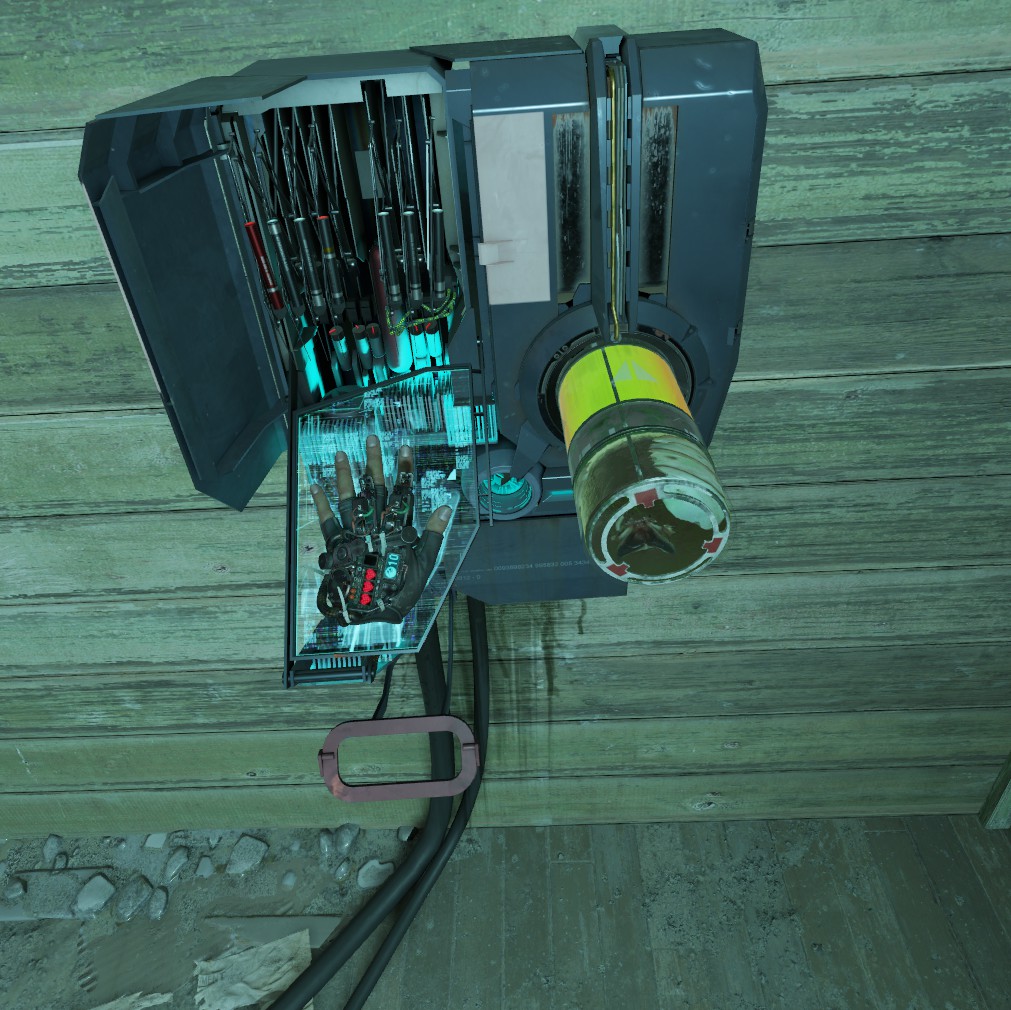
The highlight for me though was the nostalgia factor, not only did the music resonate with me as a primordial Half-Life fan but the sound effects really hit home; the chatter of the Combine, the sound effects of the grenades and guns but most importantly the sound of the healing stations you hear along the way were so great to hear. On top of that the voice cast was excellent, unfortunately, due to how much time has passed since the debut of the series not all of the actors are still with us but the newcomers fill those shoes well and should be proud of what they have achieved.
Longevity
Clocking in at just over 12 hours Half-Life: Alyx is very much your typical FPS campaign. If you’re invested in Half-Life up until this point you’ll likely take a lot of pleasure from the story that unfolds and the characters you’ll meet, not to mention you’ll certainly have fun along the way. If however you’re not the type to replay a campaign-based game, or the story doesn’t grab your attention enough for a replay then that’s the chunk of time you’re looking at for this title. Once complete you are able to access a chapter select when you hit New Game and this allows you to revisit some of the standout levels and encounters.
A lot of games these days rely on artificially extending their games with collectables but Half-Life: Alyx sticks to the more traditional linear campaign where the loot you find is more key to the game, you may find it interesting to revisit the campaign in order to fully upgrade all of your weapons but beyond that, there’s not much else to see.
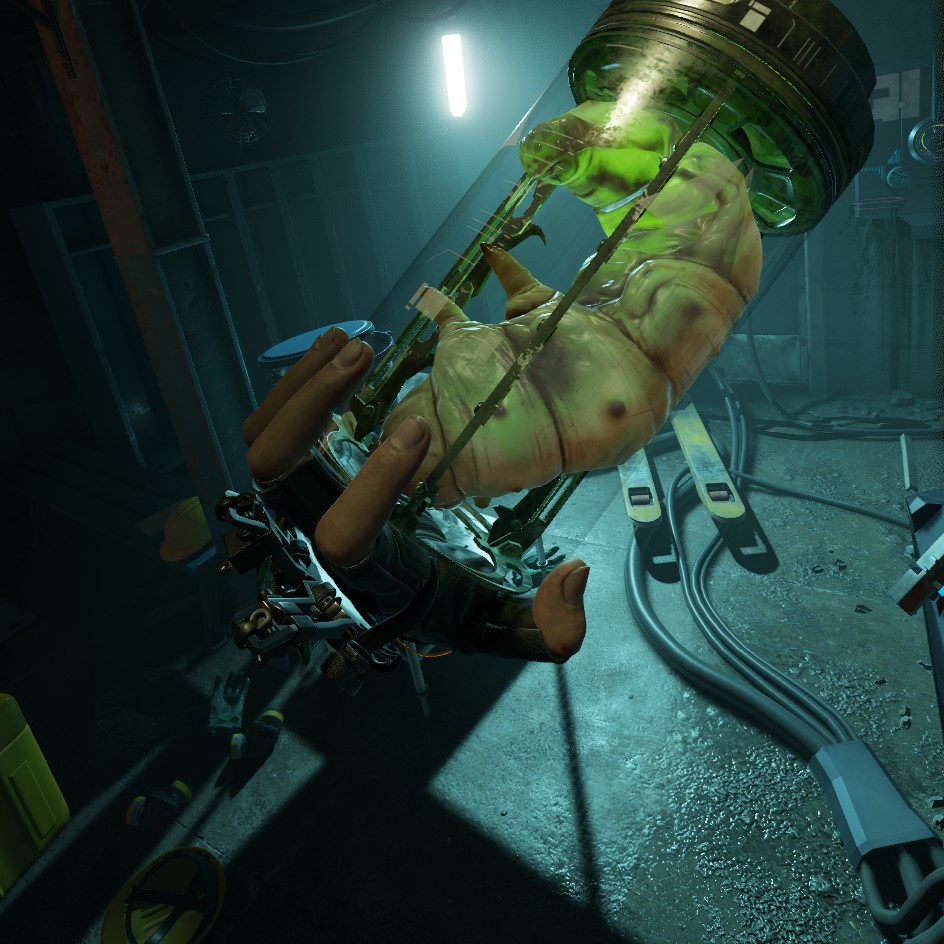
From a VR perspective, there is also a great range of comfort settings – you can change your movement types, whether you’re left-handed or right-handed, there are difficulty options (though worth noting these only impact combat) and there are even options around only being able to play the game one-handed which will certainly benefit a lot of gamers. There’s a variety of options beyond this including height, a seated mode and even how you navigate your weapon wheel; frankly, the developers have put a lot of work in to make the game very comfortable and accessible to play; the only real limitation is how you as an individual cope with VR. At no point did I feel any sickness, dizziness or any uncomfortable feeling but I am also only personally ever comfortable playing in 1-hour bursts to avoid having a screen strapped to my eyes for too long.
Conclusion
To say I was able to play a new Half-Life game in the year 2020 is something special in and of itself, but the fact it also delivered a high-quality experience is something else entirely. Half-Life: Alyx is a testament that with the right team behind your development VR can be more than a gimmick. It can take established game tropes which have survived generations, mix them with new technologies and ideas found in modern gaming and merge them into a new standalone experience that will genuinely not only sell headsets but likely linger in the top 5 VR games for some time. The impact the Half-Life games have had on the medium has been so large that it’s difficult to revisit them without them feeling aged and dated, and I suspect as Half-Life: Alyx matures it will feel the same – this may sound like a bad thing but it’s actually a compliment that so many games end up copying these cornerstones of gaming and as such I suspect Half-Life: Alyx‘s legacy will be seen for some time.
With a mixture of new and returning cast, and a tease as to what the future of Half-Life maybe it’s possible we’re finally going to have hope again that we’ll get to enjoy Half-Life 3, but in the meantime, I would recommend diving into Alyx’s shoes and exploring the world of City 17 for yourself.

Disclaimer: A code was received in order to write this review.

YouTube | FaceBook | Twitter | Instagram| Twitch | Discord | Podcast
